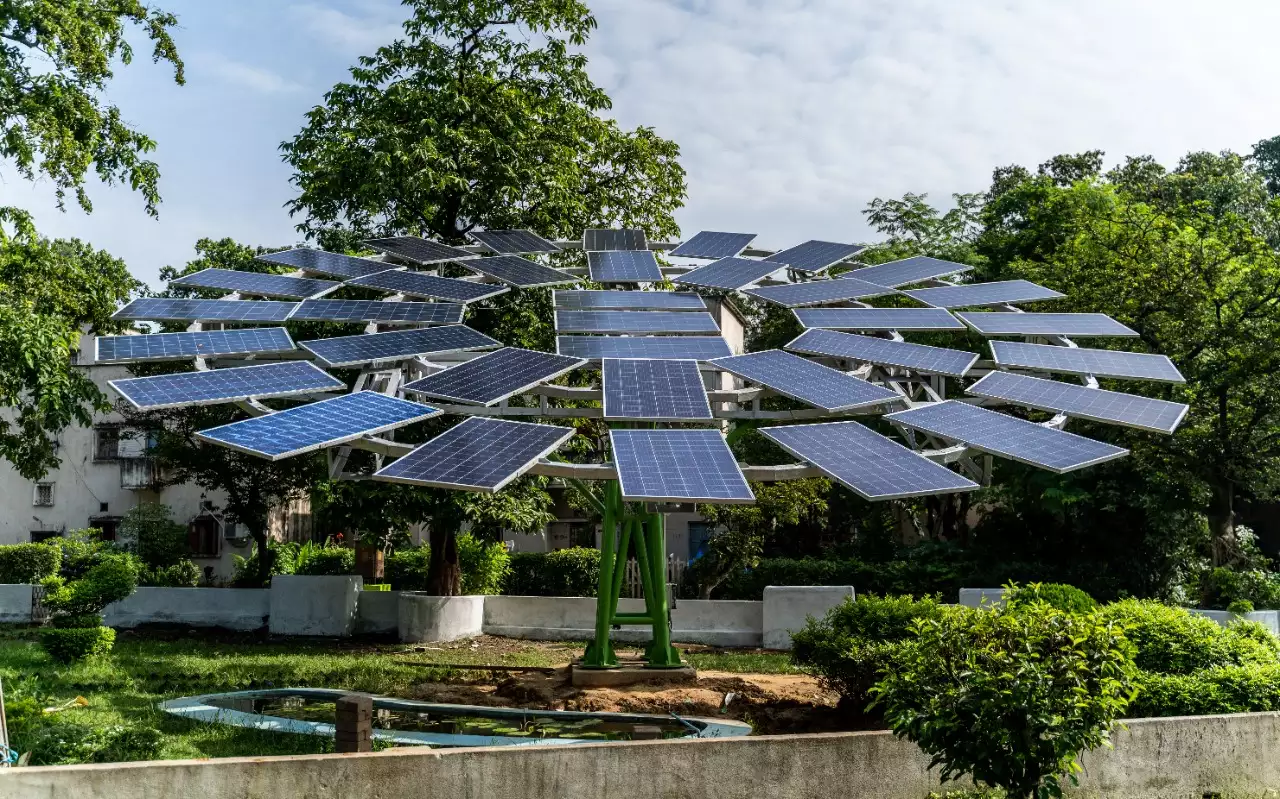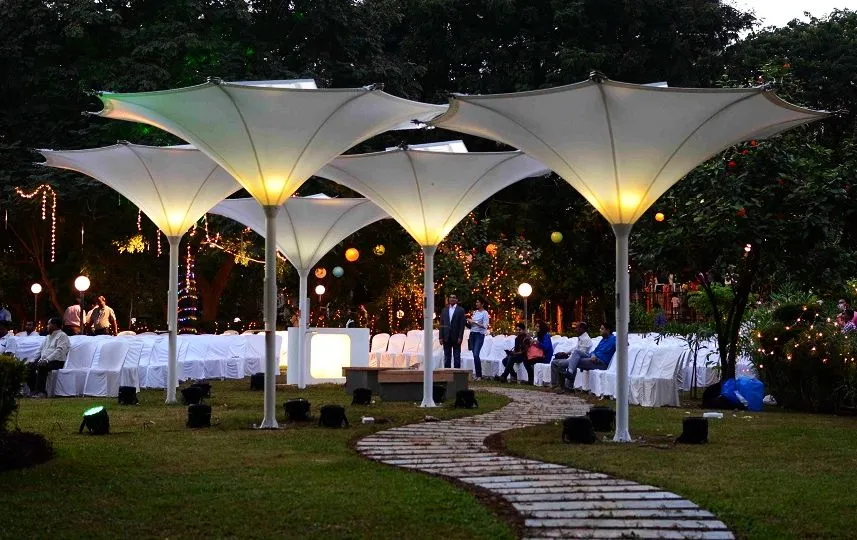
While many facets of life already have a smart counterpart, colour-changing fibres could be a gamechanger in the wearables market.
We live in a world of smart devices. It wasn’t always the case though. There’s been an eruption of sorts in the last couple of decades as there is an attempt to make every conceivable device now into a smart gadget.
It all started with the proliferation of smartphones. With each of us holding onto one of these almost all the time, it was a matter of time before the manufacturers wanted to put more smart gadgets in our control.
It was in such a climate that household appliances such as televisions, refrigerators, and even washing machines started becoming smarter. With smart bulbs, speakers, and devices to control the entire ecosystem, many facets of life now have a smart counterpart.
Colour-changing fibres
If you had ever wondered what could be next in the smart ecosystem, you might be surprised to know the answer. Researchers from the University of Luxembourg have come up with colour-changing fibres that could well pave the way for… you guessed it, smart clothes! Their results were published in Nature Materials in September 2022.
Up until now, clothing has mainly been about covering our body, protecting it from the environment, and maybe even flaunting our style. The future, however, could see clothing become part of the wearable technology bandwagon.
Remains mechanoresponsive
The researchers used Cholesteric Liquid Crystal Elastomer (CLCE), a structurally coloured polymer system that is capable of changing its colour by mechanical deformation. They then developed a simple, scalable method of creating colour-changing CLCE fibres that can be sewn into the fabric easily. The colour of fibres spanned the entire visible colour spectrum and showed excellent mechanochromic response- changing colour continuously and reversibly upon stretching or other mechanical movements.
The team were able to demonstrate the robustness of the CLCE fibres in garments by subjecting it to repeated stretching, machine washing, and abrasion. In addition to its ability to survive long-term use, the fact that it can be woven or sewn into elastic garments, and that it might not impair user comfort, implies that these can be used as smart textiles.
Apart from numerous applications in wearable technology, innovative fashion, and artistic applications, the researchers believe that it might be particularly useful in sports clothing and wearable robotics. It might even come in handy in non-wearable contexts too, in terms of strain sensing (think ropes incorporated with these fibres) and deformation detection. Becoming mainstream might be some distance in the future, by which time “dressing smart might take a whole new meaning.
Picture Credit : Google






